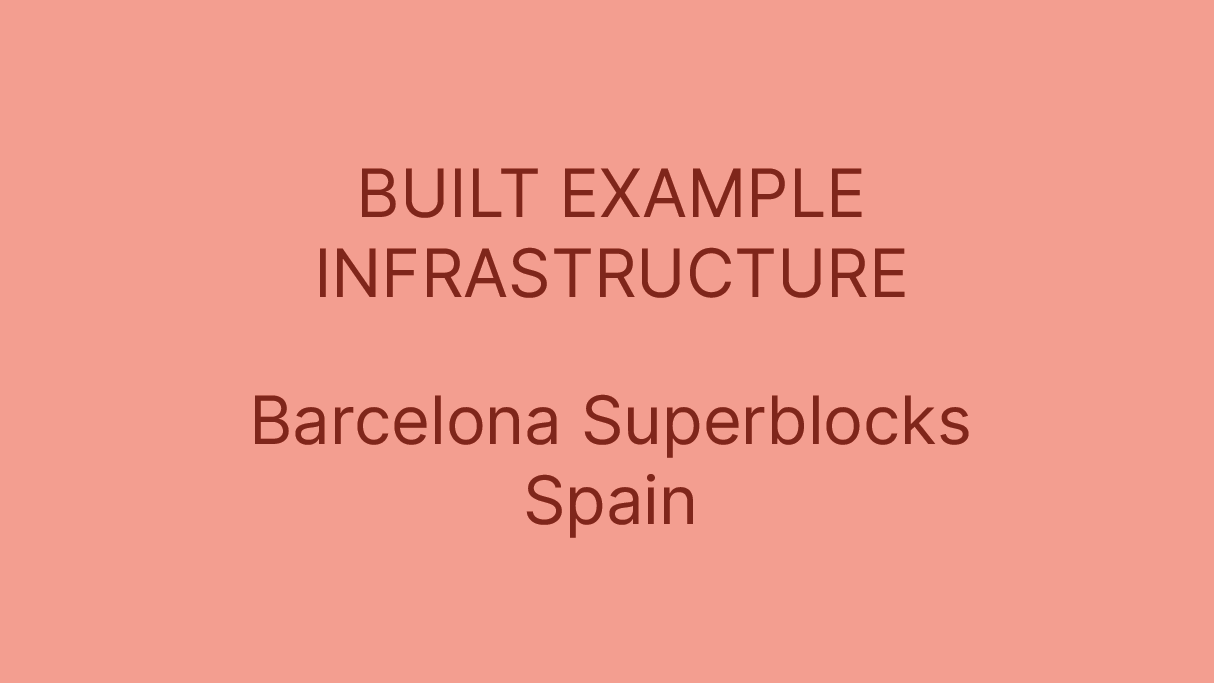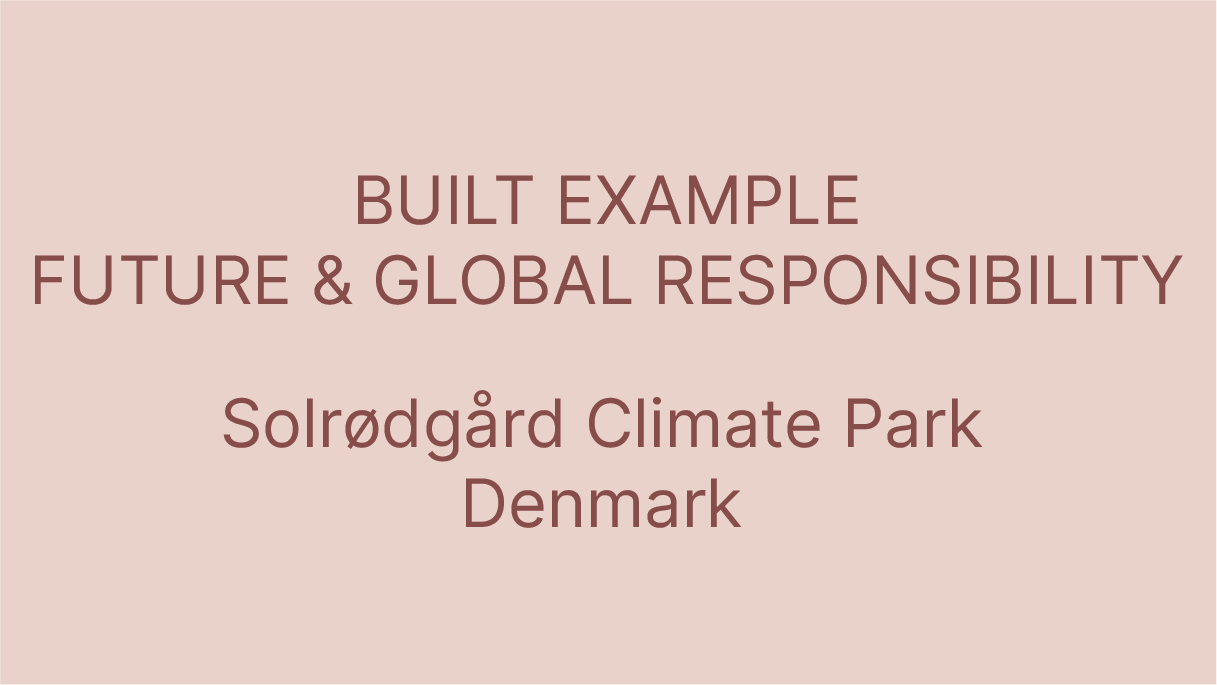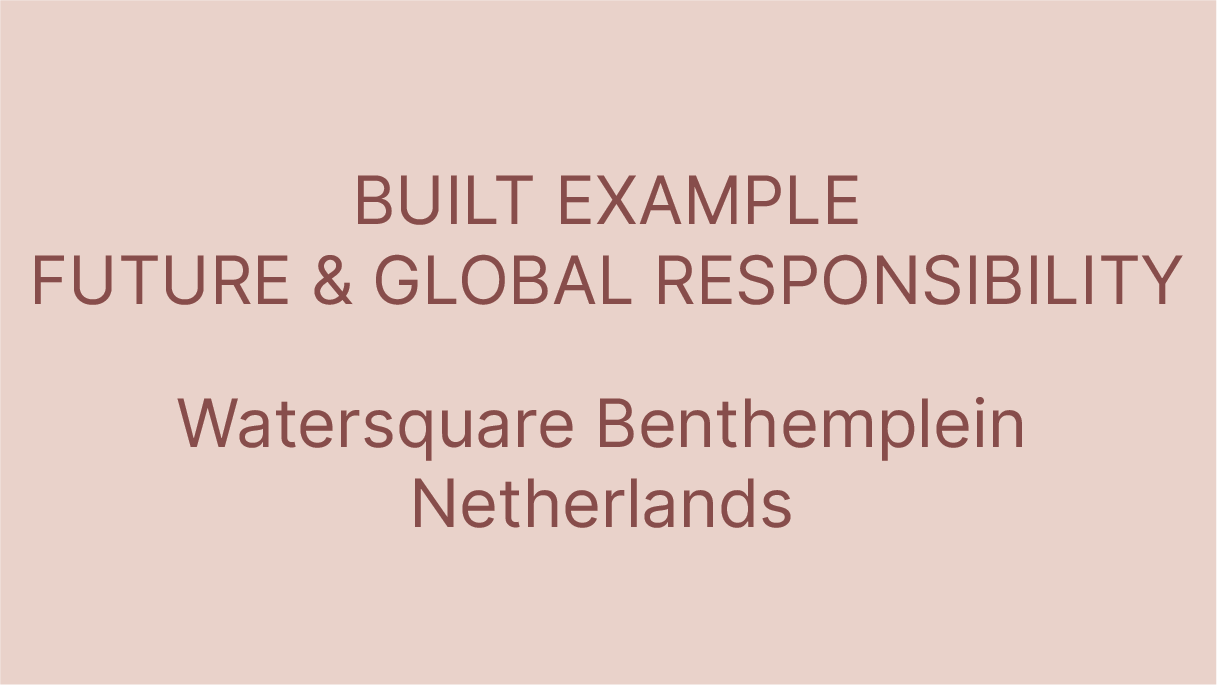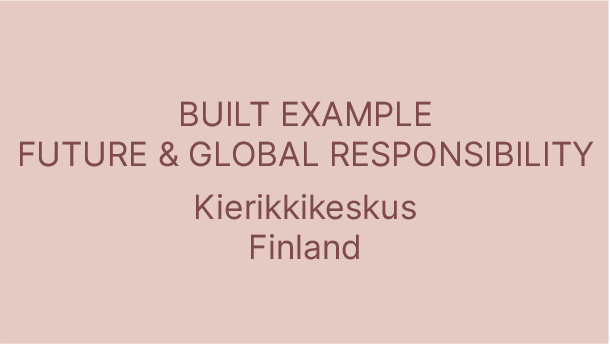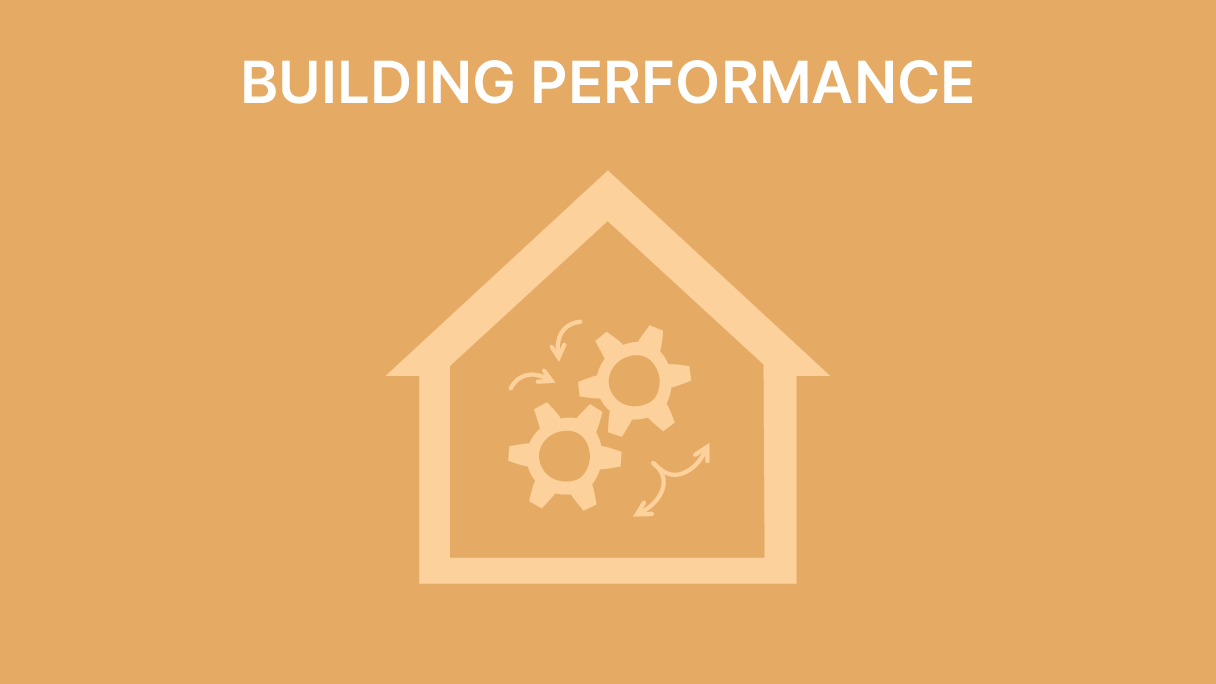test for flowpaper
The Sanya Mangrove Park project exemplifies a holistic approach to climate change adaptation, addressing the intersection of ENVIRONMENTAL degradation, urban development, and green and blue INFRASTRUCTURE. Situated in Sanya, China’s Hainan Province, the project transforms a former landfill enclosed by concrete flood walls into a thriving mangrove ecosystem and public park. Through innovative design strategies such as interlocking finger-like landforms and terraced landscapes, the project attempts to mitigate the impact of annual tropical monsoon storms and pollution while enhancing biodiversity and ecosystem services. Moreover, its emphasis on public accessibility and community engagement fosters a sense of environmental stewardship and resilience among residents,
Sanya Mangrove Park
The Sanya Mangrove Park project exemplifies a holistic approach to climate change adaptation, addressing the intersection of ENVIRONMENTAL degradation, urban development, and green and blue INFRASTRUCTURE. Situated in Sanya, China’s Hainan Province, the project transforms a former landfill enclosed by concrete flood walls into a thriving mangrove ecosystem and public park. Through innovative design strategies such as interlocking finger-like landforms and terraced landscapes, the project attempts to mitigate the impact of annual tropical monsoon storms and pollution while enhancing biodiversity and ecosystem services. Moreover, its emphasis on public accessibility and community engagement fosters a sense of environmental stewardship and resilience among residents,
GrowNYC Teaching Garden
The GrowNYC teaching garden is an urban farm located on Governors Island, that welcomes visitors to an educative and immersive experience of growing food sustainably within the city. Besides organised field trips for planting, harvesting and cooking (mainly for students), the garden is open to the public on the weekends of the summer season. Part of the produce is donated to food pantries and distributed to various boroughs in New York.
Mellor Primary School
The Mellor School extension demonstrates an exemplary approach to almost all of the climate emergency design themes. Firstly, with the use of MATERIALS such as timber in many forms, from the glulam “portal frames” to the red cedar shingles on the roof. It also uses strawbale for the insulation to external walls. This palette of materials ties into the school’s forest school teaching and learning ethos.
Barcelona Superblocks
Barcelona Superblocks is an urban design principle that prioritises people over cars, improving the public realm of neighbourhoods, reducing reliance on vehicles and promoting alternative modes of transport. Subsequently this reduces pollution and CO2 emissions in the city of Barcelona while allowing for an increase in the levels of green space available for residents. The principle takes 9 city blocks and combines them into one Superblock bounded by major road networks. Within the Superblock people are given priority – two lane roads are reduced to one with the former car lane transformed into new green urban spaces.
Makoko Floating School
The Makoko floating school was a prototype floating structure in the Makoko community, which is largely built on the water of the lagoon of Lagos. In its short lifespan it became a symbol of the community, an internationally praised work of architecture but also an example of how architecture can fail to deliver what promised.
The Climate City
The Climate City is a project that uses climate adaptation strategies (specifically rainwater management) as the backbone for the urban development and regeneration of Middelfart. The project provides different rainwater management solutions for three different areas of the town, ranging from changing existing street paving permeability to the design of a new landscape park.
Inverted House
The Inverted House, designed by a group of students from the Oslo School of Architecture and Design (AHO) as the winning entry to the LIXIL International University Architectural Competition, embodies the theme of “House for Enjoying the Harsh Cold.” This experimental guest house in Hokkaido challenges traditional notions of domestic space by minimising heated interiors and embracing the cold winter environment as an integral part of the living experience.
Solrødgård Climate and Environmental Park
The aim of Solrødgård Climate and Environmental Park is to combine nature and technology. The park is perceived as a coherent landscape, with pockets for the individual functions. The Park houses a new headquarters for Hillerød Utility Company, a wastewater treatment plant and a recycling centre. The future plan is to expand with a geothermal system, water plant, photovoltaic power station and a number of demonstration plots. Visitors to the Climate and Environmental Park are invited to explore close-up the various utility functions and processes, such as water treatment and the generation of green energy – energy cycles which are fundamental to daily life.
benthemplein-water-square
Benthemplein water square is a shared public amenity and recreational space, which has been described as the world’s first ‘water square’. It is cleverly designed to attenuate surface water and mitigate against the threat of flooding whilst also providing a dynamic and flexible public amenity space.
Pikkufinlandia
Pikkufinlandia, or Little Finlandia, is a temporary building made to substitute some of the spaces of the actual Finlandia Hall while it undergoes its renovations. Through an innovative use of tree trunks as columns and designing for flexibility and disassembly, the building ensures that it will faithfully serve some of the original hall’s programmes, while also being adaptable enough to find new use on a new site when this function ends with the reopening of Finlandia Hall.
Kierikkikeskus
The Ii-River Delta was an important fishery and seal hunting hub in the Neolithic era, and the Kierikki Stone Age Centre is built to visualise and educate people about the cultural heritage of the area. Until the beginning of the 20th century, nearly all the common buildings in Finland were log framed, and the Kierikki area is the home of the earliest archaeological findings of sophisticated timber structures in Finland, dating back 5000 years. Kierikki Centre’s stepped pyramid shape, and traditional stacked log construction is a nod to architectural history. There is also a stone age village built next to the centre, displaying the lifestyle, dwellings, and hunting techniques of the time. The centre is built using local materials, local workforce, and honouring local history.
Embodied Energy & Carbon
Reducing embodied energy and embodied carbon and addressing the wider environmental impacts of construction materials is vital in designing for the climate emergency. Urgent action is required to achieve substantial reductions in embodied carbon, aiming for as much as 97-99%. This can only be achieved by strategies that involve re-using buildings, avoiding their demolition and using reclaimed materials, i.e. part of a circular economy approach, and designing from ‘cradle to cradle’, accounting for the material's entire life cycle, including disassembly and reuse. Buildings that act as material resource banks challenges the linear and ‘cradle to grave’ approach that currently exists in the construction industry.
Other strategies include avoiding concrete and steel and other high embodied-carbon materials; instead use low energy materials, and low-carbon materials that are produced by renewable energy; localise where sensible; use plant-based materials that can be carbon negative and act as a carbon sink (i.e., biogenic materials that absorb more CO2 than they release like timber). Early on in the design process, undertake embodied carbon and life-cycle analysis (LCA) to compare options and help your design decision-making process – there are simple tools you an use. Do not just consider energy and carbon but all other impacts (e.g. biodiversity, water pollution, health and well-being etc.).
Sustainable Lifestyle
Good design can encourage a more sustainable, healthier lifestyle, also reducing energy use and CO2 and local pollution. For example, green and shared infrastructures promote social and physical activity and active lifestyles (e.g. taking stairs, good public transport/walking and cycling connectivity), also lead to lower energy use. The way people use buildings dramatically influences their energy consumption, and hence also affects a building’s carbon footprint. But behaviour is usually not accounted for in predictive energy models, yet this is essential to understand so that we achieve energy and CO2 reductions in reality. Smart technology systems are increasingly developed but are still in early stages and they do not always reduce energy use and CO2 , and they risk excluding people.
To ensure that systems and the building work as intended and that user needs are met and low energy lifestyles are supported in reality, you need to undertake an inclusive and democratic design process with users and different stakeholders, focus on user experiences and user friendliness, and that you obtain performance feedback post-competition. This holistic approach is key to promoting low-energy, sustainable living.
While these are real-life project processes, as a student you can create a democratic design plan, a Performance Risk Plan and user or care and maintenance manuals.
Operational Building Footprint
The building's carbon footprint is the total carbon emissions emitted over its lifetime and can be reduced by creating a carbon handprint. The carbon footprint includes emissions from energy use (operational carbon) and materials (embodied carbon); this talk focuses on operational carbon. When a handprint and footprint are equal, your project is carbon neutral. If the handprint surpasses the footprint, it becomes climate positive, going beyond neutrality to reduce past damage (i.e. restorative action).
As a student (and architect in practice) you can use simplified operational carbon estimation rules of thumb like those in this talk to understand the carbon impact of the energy needs. Make sure you use country-specific and up to date benchmarks and carbon intensity factors for different fuels.
Understanding the carbon implications of your design and the aimed for standards is crucial part of climate emergency design, as it enables you to refine your work and aim higher. This then allows you to review whether the energy needs can be reduced further through, for example passive resilience measures, such as increased airtightness and insulation, good daylight, solar (shading) design, purge ventilation etc.
But also ensure that you understand user needs, design user friendly systems, and if a real project to check that systems work as intended to ensure carbon emissions are reduced in reality and as expected (create a democratic design plan and Performance Risk Plan).
Zero Carbon Buildings and NZEB
Zero carbon buildings and nZEB (nearly zero energy) buildings are crucial to meet ambitious national, EU and global climate targets that target the reduction of fossil fuel use in society, including in architecture. This is necessary to reduce CO2 emissions associated with the burning of fossil fuels. Every fraction of a degree of CO2 reduction matters.
To ensure a just and fair carbon neutral transition, carbon reduction measures such as nZEB must go hand-in-hand with other sustainability approaches such as inclusive and democratic processes with people and communities (see all other themes). At the heart of creating nZEBs are:
• Fabric and energy efficiency principles first (high insulation, airtightness standards, appropriate solar design etc. – see passive resilience theme).
• Ensure you undertake inclusive and democratic process and make sure no-one is left behind (see people & communities theme).
• Post-competition, return to check if things work as intended (i.e. achieving actual performance – see performance theme)
• After all, carbon emissions are not saved on paper but must be achieved in reality.
You as an architects play a vital role in achieving a carbon neutral society: early inclusion of nZEB strategies helps to integrate passive resilience approaches that reduce the need for energy in the first place. The goal is to make buildings that use less energy, thereby reducing carbon emissions
Building Performance
The essence of a building's success lies in its performance and the building envelope contributes significantly to the overall building’s performance. For the energy performance and occupant satisfaction and wellbeing, particularly crucial are the performance of airtightness, thermal bridging, the design of openings for ventilation and daylight and solar gain while minimising glare and overheating. It is paramount that user experience and human factors are included from the start because it is vital for health and well-being. While regulations exist, enforcing continuous envelope performance remains a challenge. Standards tend to overlook the nuances of real-world application. Feedback from various projects reveals critical issues such as insulation gaps and poor airtightness, calling for improved validation and rigorous construction. In buildings, many stakeholders need to be involved at different stages of the process (i.e., during planning, design, execution and the in-use stage and later feedback from it.
Performance Case Studies
Finding out about users’ needs and expectations and responding to this in your project, means that your project is more likely to meet their expectations and your design intentions in reality. This is why we need to ask people about their needs and expectations and involve them at the beginning of the design process in the first place. So, map who the key users and stakeholders are in your own project. User engagement early on should not be neglected in favour of post-completion feedback or quantitative building monitoring only. Placing user-centric and feedback processes at the heart of design processes will require a culture change in most architectural practices (and in architecture education). During different stages you can include feedback processes, but even where a full integration or post-competition evaluation is not possible, collecting less extensive feedback is still of value. For example, it can be focused on specific issues that you want to understand. Knowledge gained from these processes must be used to respond to in your project, and to fix things if they do not work to ensure design intentions and values are met. Open sharing and publishing of lessons learned is crucial: the urgency of the climate and biodiversity crises require us to not waste time and instead to share and collaborate to ensure we all create truly sustainable buldings that perform in reality
Risk to Performance
Understanding and evaluating the risks to building performance is essential for designing in the climate emergency. One crucial tool in this process is monitoring the performance of your project combined with the use of benchmarks. This is because collecting feedback (i.e. monitoring) is one of the best ways to reduce risk to performance as it will reveal issues that can then be fixed; it also requires design processes to be altered throughout all stages with attention to performance, which further minimises risks. Benchmarks can be used as part of the design process and are a standard or performance target against which real-world feedback can be measured. It can also be used as a goal for one’s own project’s performance. Benchmarks, are vital tools for all built environment professionals to define scope, compare, collect data, develop and implement strategies, monitor, evaluate, learn and develop. Often they are quantifiable and relate to technical performance, though occupant satisfaction surveys are increasingly valued. When benchmarking energy consumption, it's crucial that you use recent data from similar projects, age and construction standards. Ideally, these benchmarks should rely on measured performance data.
Working with People
Buildings are not static; they interact with changing environments, users, and evolving climate conditions. However, they often don't perform as expected, leading to higher energy consumption, user dissatisfaction, and increased carbon emissions. These underperformance issues often go unnoticed because we don't actively collect feedback from users and building systems, which can be done through Building Performance Evaluation (BPE) and Post Occupancy Evaluation (POE) processes. To ensure that what you design work as intended, you need to work with people at different stages: i.e., you need to gather ’feedback’ from a range of stakeholders before, during and after the design to understand their needs and expectations and refine your project accordingly. This reduces the risk to the project’s performance once finished, which is fundamental to ensure that the climate emergency is tackled in reality and not just on paper. Remember: including a diversity of stakeholders enables us to understand and respond to different needs and expectations in our projects.




